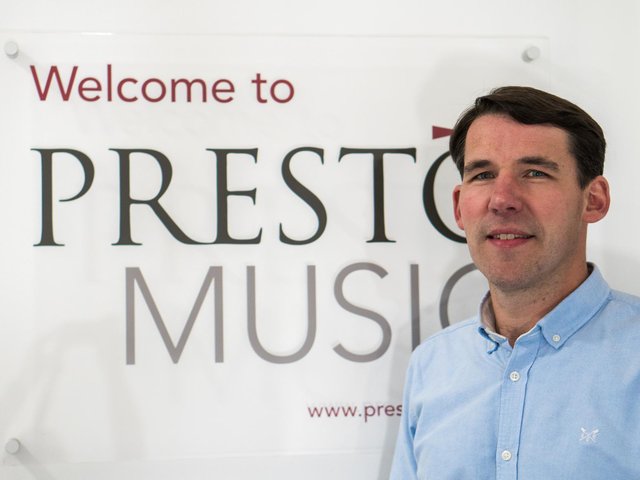News today that Presto Music, the online and in-store classical music distribution hub saw an 18% increase in its business growth in the past twelve months is good to hear.
The news prompts a few Thoroughly Good Hunches.
First, its evidence of an engaged customer base remaining true, presumably, to its preference for physical products (ie CDs, books snd sheet music) and motivated by a desire to see artists get more of the money from sales that they deserve.
Second, it perhaps reflects the classical music fans desire for authoritative reliable destinations. As a digital user experience Presto’s is consistent and reliable. That reinforces the brand name as a destination when in search of recordings (even if you’re not purchasing something I find it a wholly reliable research tool).
Most interestingly is its content strategy. Presto clearly recognises the value originated marketing content (interviews, articles and reviews) has on the way its brand is perceived. That core content drives traffic, improves ranking, and contributes to conversion. It achieves all of that whilst ensuring its language is clear too with a tone of voice that lacks pretension.
And, in a relatively crowded digital space where streaming platforms, radio stations, and even some ensembles compete for attention, Presto Music stands apart with a product that not only works, but does so without getting itself tied up in knots.
I’d be interested to drill down into the data to see what the take-up has been for its streaming app (digital purchases are stored in the cloud and accessible via the app), to gain a deeper understanding of how that development contributed to its 18% growth during the pandemic. Regardless, news of Presto’s success makes me warm to the brand even more. It also gives a pat on the back for the music sector as a whole – the audience is there and they’re hungry. Long may that success continue.



